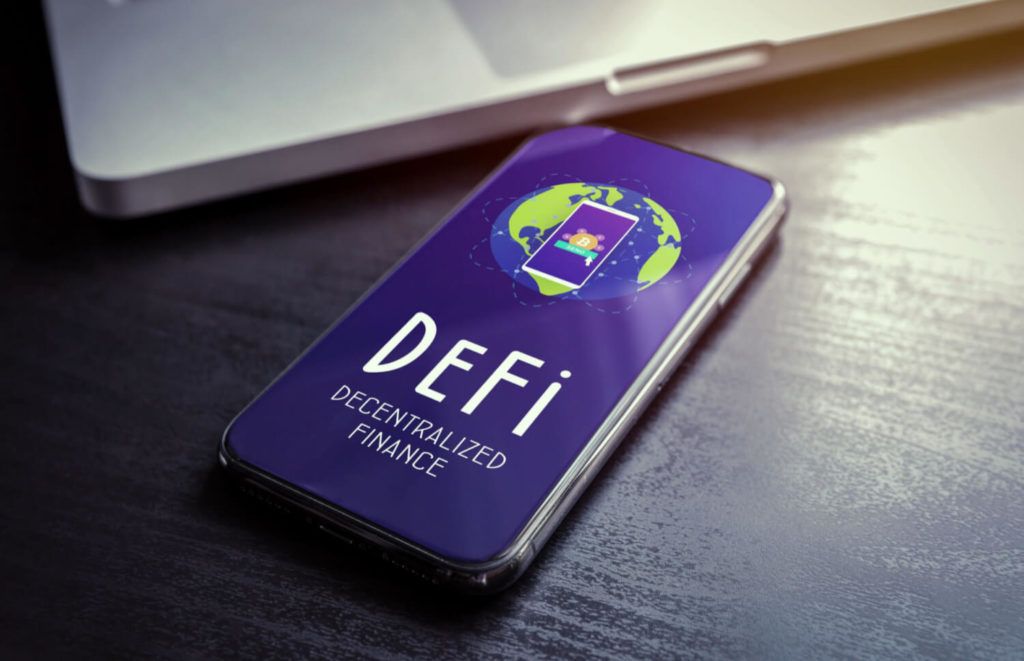
Ethereum 2.0 is Coming. What Does This Mean for Ethereum?
As Ethereum eyes its next big upgrade, we look at how “the merge” to Ethereum 2.0 could impact the cryptocurrency’s future and its price.
Ethereum 2.0 (also known as ETH 2.0) is on the horizon, and will bring about some big upgrades, including changes to how the cryptocurrency is created, structured and used.
With the next phase of the roadmap scheduled to go live in the coming months, we’ll explore how ETH 2.0 will affect Ethereum’s future and when you can expect the upgrades to go live.
What is Ethereum 2.0?
Ethereum 2.0 is a major upgrade to the Ethereum blockchain which is intended to make the protocol greener, more scalable and more secure.
The upgrade is made up of a collection of changes that are being introduced in phases, the first of which was launched on December 1, 2020.
Ethereum was first launched in 2015 by Vitalik Buterin and Joe Lubin, and has consistently held its position as the second-largest cryptocurrency, behind Bitcoin. It was created with the ambition of leveraging blockchain technology to host diverse, custom applications called decentralized applications, or “dapps”.
Developers can write programs called smart contracts and deploy them on Ethereum to transact with other participants on the network, without the need for one governing authority.
Ethereum has undoubtedly been successful in its goal, however, ETH 2.0 will introduce long-awaited changes to improve its performance.

How will ETH 2.0 impact Ethereum?
Although its name suggests that it’s an entirely new protocol, ETH 2.0 is in fact a new consensus layer on the existing blockchain – the Ethereum Foundation has largely retired the name “ETH 2.0” in favour of calling the upgrade a consensus layer, however, the name has maintained its popularity in the Ethereum community.
There are three main parts to the upgrade: the Beacon Chain, transitioning to proof-of-stake, and sharding. Each of these changes are major upgrades to the blockchain, so they’re being introduced in separate phases; the first went live in December 2020, and the final phase is expected to roll out in 2023.
Phase 0: The Beacon Chain
This phase was a core upgrade to the Ethereum network that launched on December 1, 2020. The Beacon Chain introduced proof-of-stake, staking is now live but will have limited functionality until The Merge in Phase 1.5 when it will replace mining.
The Beacon Chain enabled Ethereum holders to become validator nodes by staking their ETH, a role which involves validating transitions and creating new blocks in its chain, to help with securing the network.
The Beacon Chain required 16,384 validators to stake a minimum of 32 ETH each for it to launch; this milestone was achieved on November 24, 2020. Its primary role is to coordinate the validators on the network and ensure that shards remain secure.
Phase 1: Sharding
To support more transactions on Ethereum’s blockchain, its infrastructure will be split into several pieces called shards.
These shards will operate as their own subset of the blockchain, and the Beacon Chain will randomly assign validators to each shard chain, allowing them to process transactions, create new blocks and store data. As well as increasing transaction efficiency, this will also mean that shard nodes will no longer need to store Ethereum’s full history. Ethereum’s blockchain will be split into 64 shard chains to start with, but they won’t be fully functional until the final integration in Phase 2, which is expected to go live in 2023.
Phase 1.5: The Merge
Arguably the most anticipated upgrade to the network is “The Merge” of Ethereum’s mainnet with the Beacon Chain. In this phase, Ethereum’s current chain will become a shard on its new blockchain, which will also mark the completion of the cryptocurrency’s transition from proof-of-work to the more energy-efficient proof-of-stake consensus mechanism.
Phase 2: The final phase
In this final phase, Ethereum 2.0 will officially become the main Ethereum network. At this stage, shard chains will have full functionality, allowing them to validate transactions and communicate with each other, and deploy smart contracts so that developers can run dapps.

When is “The Merge” happening?
The Merge launched on Ethereum’s testnet on June 8, 2022, and, according to Vitalik Buterin, it’ll most likely go live in August 2022. However, as with most major launches, this date isn’t set in stone. Since this is a significant test on the network, Buterin has emphasized that there may be delays which push its launch back to the fall of 2022.
How will ETH 2.0 affect Ethereum’s price?
Recent history has shown that upgrades generally have a positive price impact – Ethereum’s price rose by 6% in the 24 hours following its highly-anticipated London Hard Fork in August 2021. That said, there’s no guarantee that ETH 2.0 will lead to an immediate increase in the asset’s price considering the wider global economic and market conditions currently impacting global markets, so it’s worth looking at Ethereum as a long-term asset rather than a short-term opportunity to profit.
If you’re considering purchasing Ethereum, you can do so instantly with Xcoins and pay 0% processing fees on your first purchase. Please visit our website to find out more.
To stay up to date on all things crypto, like Xcoins on Facebook, follow us on Twitter, Instagram, LinkedIn, and sign up at the bottom of the page to subscribe.

